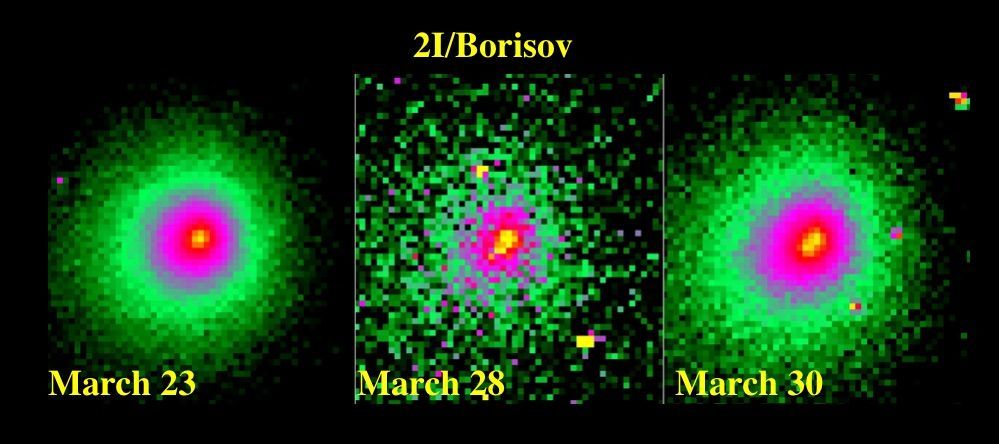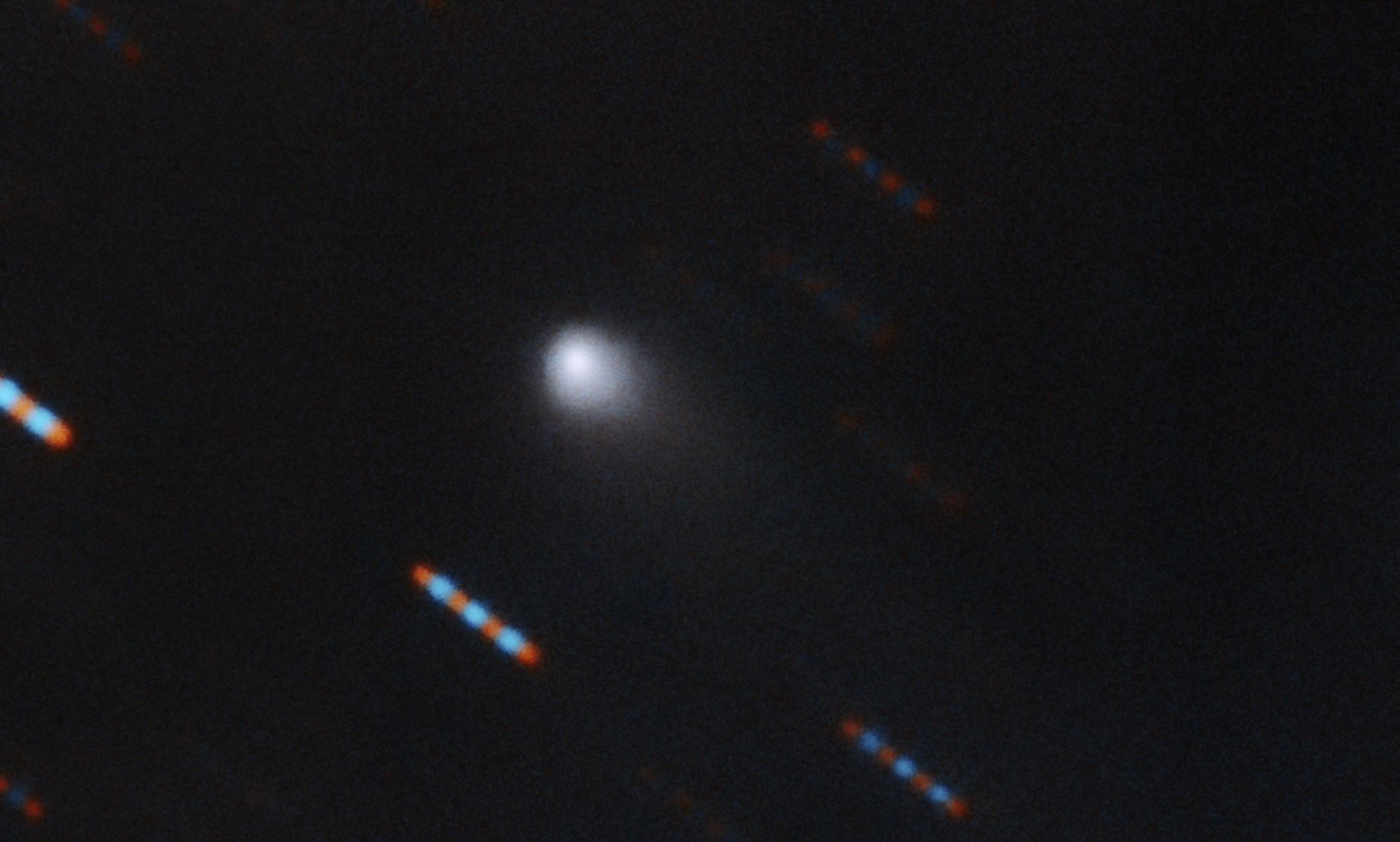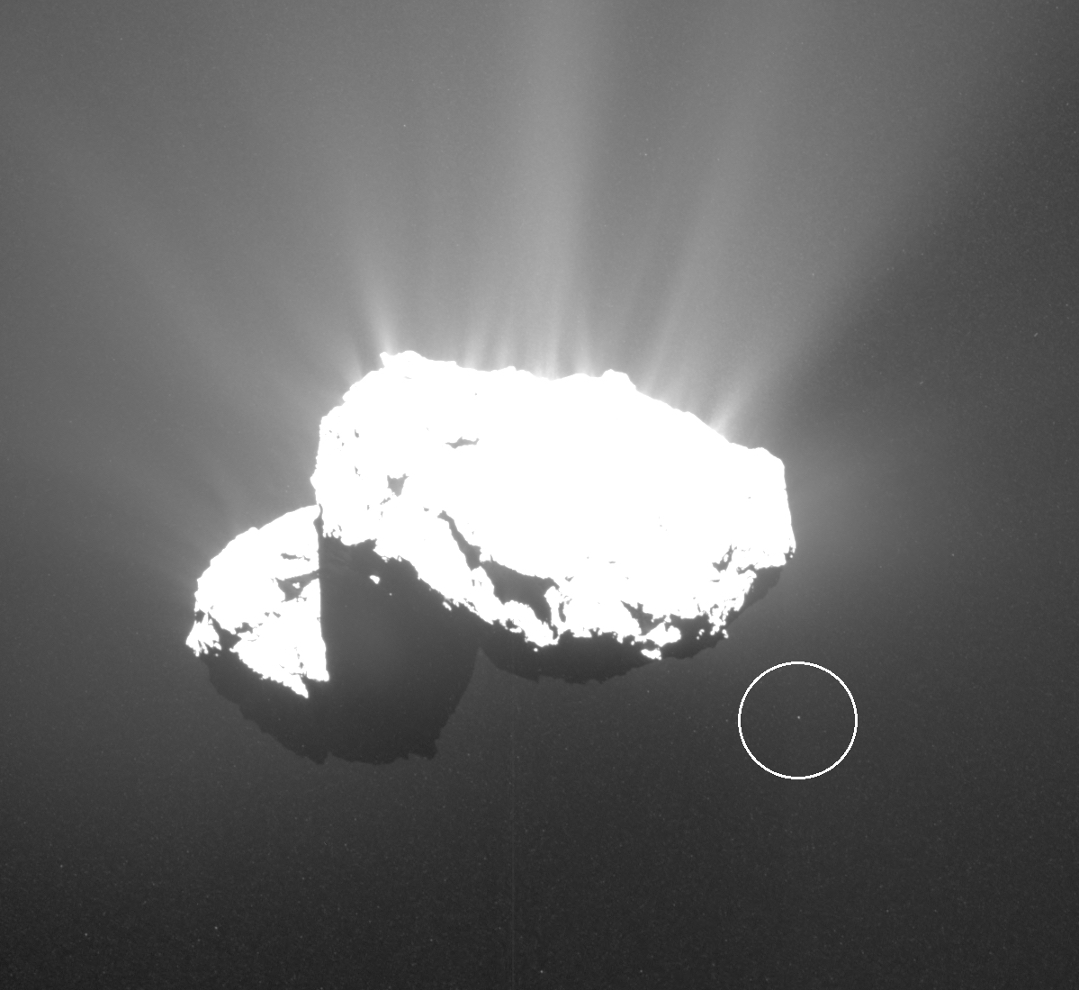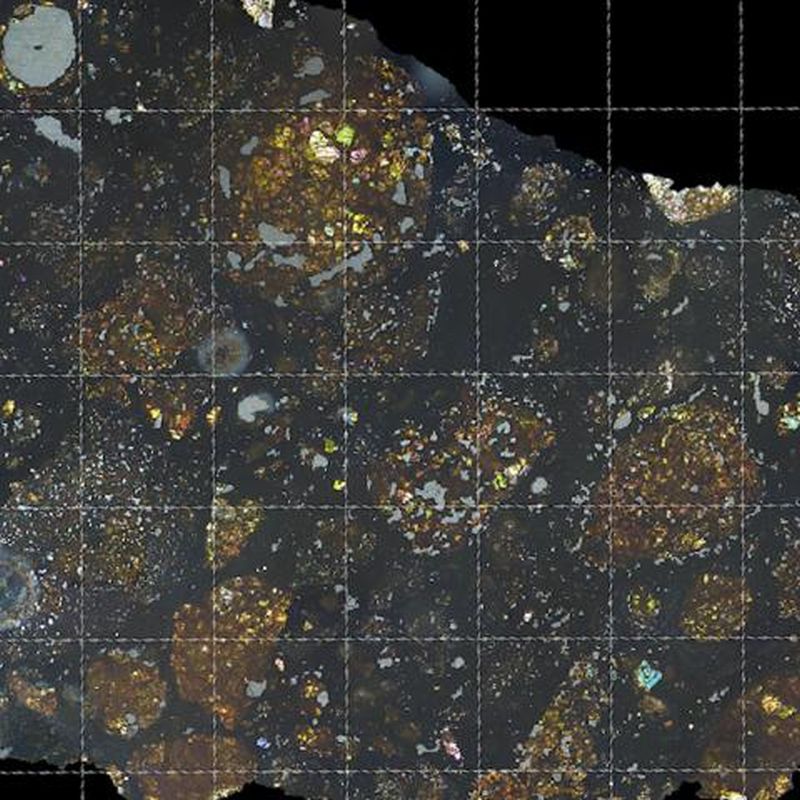‘Oumuamua caused quite a stir when it visited our Solar System in 2017. It didn’t stay long, however, and when it was spotted with the Pan-STARRS telescope in Hawaii on October 19th, it was already leaving. But its appearance in our part of the Universe spawned a lot of conjecture on its nature and its origins.
Continue reading “Astronomers Finally Think They Understand Where Interstellar Object Oumuamua Came From and How it Formed”Astronomers Finally Think They Understand Where Interstellar Object Oumuamua Came From and How it Formed









